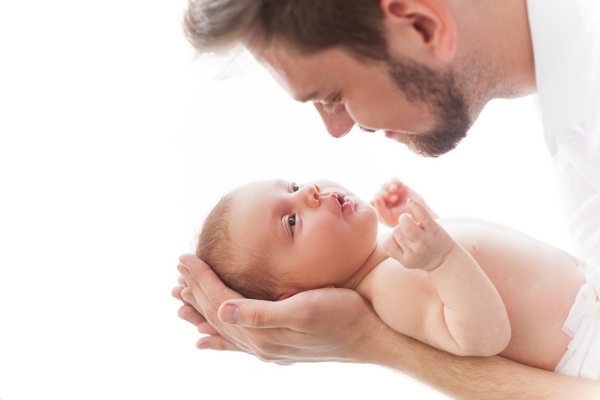Male Infertility
The first andrological evaluation to be carried out in a Seminar, in which the parameters established by the OMS (World Health Organization) are observed; volume, total number of sperm, sperm motility, vitality, pH, etc ; If the values are below the standardized, the patient’s anomaly is established,
- Azoospermia: Absence of spermatozoa.
- Oligozoospermia: <20 million sperm / ml.
- Astenozoospermia: <50% of progressive spermatozoa.
- Teratozoopermia: <14% of normal spermatozoa.
Depending on the alterations that are presented, we proceed to determine the causes of the alterations,

Obstructive azoospermia
Absence of spermatozoa and spermatogenic cells in semen and post-ejaculatory urine due to bilateral obstruction of the seminal ducts appears in 15% to 20% of patients with azoospermia. There is a classification for each type of obstruction, but follow-up to identify the cause is similar, clinical examination, seminogram with the interval of 2-3 months, review of hormonal concentrations, perform a scrotal ultrasound and in some cases a biopsy testicular, surgery where internal testicular tissue is removed, to check the presence of spermatozoa and to be able to perform a fertility treatment.
Azoozpermia can also be caused by a vasectomy is an effective method of surgical sterilization. However, if the male wants to have a child again, it is possible to perform a recanalization of the vas deferens (vasovasostomy), which is the surgical union of the ducts that have been separated during the vasectomy. However, there is no mayor to 5 years.
Genitourinary infections
This type of infections; Urethritis, Prostatitis, Orquititis, Epididymitis, prevent infertility if treated properly.
Hypogonadism
It is characterized by a testicular dysfunction that can affect the production of Spermatozoa and the synthesis of testosterone. The types of hypogonadism have been discreetly established and depending on which pharmacological treatment they have to be distinctive in order to make sperm cells viable for fertilization.
Cryptorchidism
Congenital disease, in which the testicles do not descend, this may be due mainly to hypogonadism. Treatments for this disease may be hormone therapy or surgical treatment. When the cryptorchid testicles are corrected in adulthood, it is recommended to perform a testicular biopsy, a short-term surgery in which the testis internal tissue is taken in order to find spermatozoa so as to be able to perform a fertility treatment.
Ejaculation disorders
They do not represent a major impact on fertility, but if they do, they should be treated correctly with medications or physical stimulation.
- Aneyaculation is the complete absence of ejaculation, a lack of semen emission from the seminal vesicles, prostate, ejaculatory ducts to the urethra.
- Erectile dysfunction: man’s inability to maintain an erection
- Retro ejaculation: the passage of semen through the bladder.
- Precocious ejaculation: inability to control ejaculation long enough during vaginal penetration
- Painful ejaculation: it can be caused by an obstruction of the ejaculatory ducts.
Varicocele
It is the swelling of the veins inside the shield. The exact relationship between this disease and infertility is unknown, but OMS data indicate that varicocele has a direct effect on seminal abnormalities, decreased testicular volume and deterioration in the cells responsible for the release of testosterone. The cure of this condition may be effective in patients who have a normal seminogram, in patients with a normal seminogram is not recommended. No better relationship has been observed in the infertility of the subject and it is appropriate to look for other causes of infertility.
Genetic factors
Genetic counseling is very important in couples with this type of anomalies, to lead to proper treatment and avoid a potential genetic disease in offspring.
The number of genetic factors that can affect the fertility of the offspring, can be studied by means of a karyotype, chromosome analysis of the male, to be able to determine where the damage is and follow the relevant treatment assigned by the children.